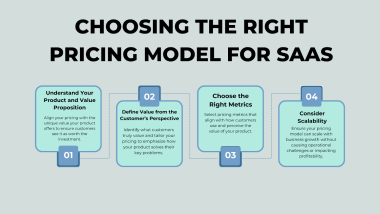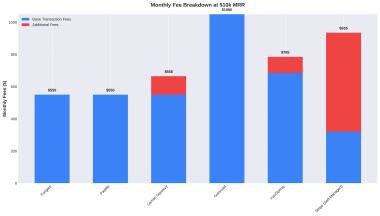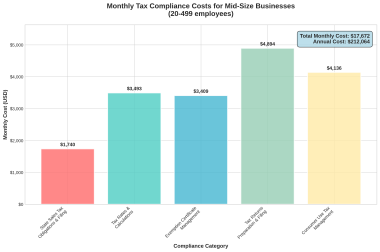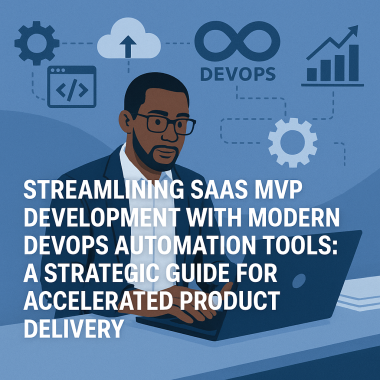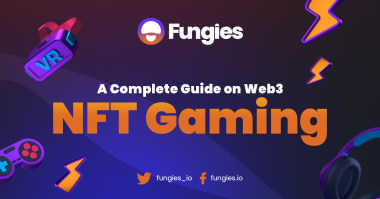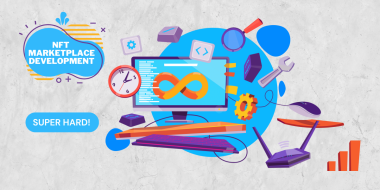Solo developers seeking to launch successful SaaS products must validate their ideas before investing significant time and money into development. By focusing on practical, low-cost validation methods such as customer interviews, landing pages, and no-code MVPs, developers can gain critical market insights that dramatically increase their chances of building something people actually want to use and pay for.
Key Takeaways
- Defining the problem clearly is essential before building anything—ensure you can articulate it in one sentence
- Conduct at least 10-15 customer interviews to validate real market needs and pain points
- Create a landing page to capture early interest and collect emails without writing code
- Build a no-code MVP or use manual processes to test your solution before full development
- Track conversion metrics and customer acquisition costs to ensure your idea is financially viable
Define Your Problem With Laser Focus
The foundation of any successful SaaS product starts with a crystal-clear problem definition. I’ve seen countless solo developers jump straight into coding without truly understanding what they’re solving and for whom. Your ability to articulate the problem in a single sentence determines how focused your solution will be.
Identifying a specific niche is equally crucial for early validation. Rather than building for “small businesses” (too broad), target “independent financial advisors managing client portfolios” (specific niche with unique needs). This specificity enables deeper validation conversations and helps avoid building features nobody wants.
Talk to Real Humans (Not Just Your Friends)
Customer interviews provide the most valuable validation data available to solo developers. I recommend speaking with a minimum of 10-15 potential customers before writing any code or making significant investments. These conversations reveal patterns and insights no market research report can provide.
When conducting these interviews, ask open-ended questions like:
- How do you currently solve this problem?
- What frustrates you about your current solution?
- How much time/money does this problem cost you?
- Would you pay for a tool that solved this specific pain point?
Listen carefully for emotional responses that indicate genuine pain points. Pay attention when potential customers use phrases like “I hate when…” or “It’s so frustrating that…” as these signal problems worth solving. The enthusiasm in their response tells you more than their literal words.
Research Competitors Without Obsessing
Understanding the competitive landscape helps validate that your idea has market potential while ensuring you’re not reinventing the wheel. I suggest creating a simple competitive matrix listing key players and their features, noting gaps your solution might fill. This exercise often reveals surprising opportunities in seemingly crowded markets.
Don’t be discouraged by competitors—their existence validates market demand. Instead, look for ways to differentiate through better usability, more focused features for a specific niche, or integration capabilities competitors lack. The goal isn’t to find an empty market (which rarely exists) but to find an underserved segment within an established one.
Build a Landing Page in a Day
A simple landing page serves as your first concrete validation step that requires minimal investment. Using no-code tools like Carrd, Webflow, or even a simple template on Wix, you can create a professional-looking page quickly. The landing page should clearly explain your solution and collect email addresses from interested visitors.
Include these essential elements on your validation landing page:
- A clear headline describing what your SaaS does
- The main problem you’re solving
- 2-3 key benefits (not features)
- Email signup form with a compelling call-to-action
- FAQ section addressing common objections
Drive targeted traffic to this page using social media posts, relevant community forums, or a small budget for Google or Facebook ads. The conversion rate from visitor to email signup provides quantitative validation of interest in your solution.
Create an MVP Without Coding Skills
Building a minimal viable product doesn’t require advanced development skills or significant investment. No-code tools like Bubble, Adalo, or Airtable combined with Zapier can help you create a functional prototype in days rather than months. These platforms allow you to test core functionality with real users without writing a single line of code.
Alternatively, consider a “concierge MVP” where you manually provide the service your SaaS would automate. For example, if building a social media scheduling tool, you might manually schedule posts for early customers while collecting their feedback. This approach provides valuable insights at virtually no cost beyond your time.
Track Essential Validation Metrics
Several key metrics determine whether your SaaS idea deserves further investment. I recommend focusing on these critical validation metrics:
- Landing page conversion rate (aim for at least 10-15%)
- Email open rates for your follow-up communications
- Estimated customer acquisition cost from your initial marketing efforts
- Projected lifetime value based on pricing and retention assumptions
These numbers provide objective validation beyond subjective feedback. If your landing page conversion rate is below 5% despite driving relevant traffic, this signals potential issues with your value proposition or market fit. Similarly, low email engagement suggests your solution might not address a pressing enough problem.
Avoid Common Validation Pitfalls
Many solo developers make avoidable mistakes during the validation process. Building too much too soon represents the costliest error I see repeatedly. Resist the urge to add “just one more feature” before validating core functionality with real users.
Other common validation pitfalls include:
- Asking leading questions in customer interviews that bias responses
- Surveying only friends and family who won’t give honest feedback
- Spending too much on design before confirming market demand
- Ignoring negative feedback because it conflicts with your vision
Remember that validation aims to find problems early while they’re cheap to fix. Embrace critical feedback rather than defending against it—each criticism represents an opportunity to improve before investing more resources.
Real-World Validation Success Stories
Successful SaaS founders consistently point to thorough validation as a key to their success. Buffer founder Joel Gascoigne famously validated his social media scheduling tool with just a landing page that collected emails before building anything. This simple approach confirmed market demand at virtually no cost.
Similarly, the founders of Zapier initially created manual integrations for their first customers, connecting their apps by hand before building their automation platform. This manual MVP approach allowed them to validate their concept while learning exactly what features mattered most to users. Both companies now generate millions in revenue from ideas that were carefully validated before significant development.
By following these practical validation strategies, you can significantly increase your chances of building a SaaS product that genuinely serves customer needs while avoiding wasted time and money. The validation process might seem tedious compared to diving into code, but it’s the crucial foundation that separates successful solo developers from those who build products nobody wants to use.
